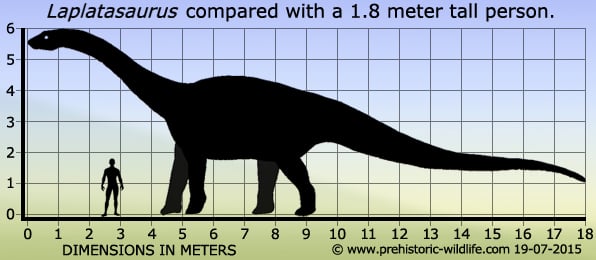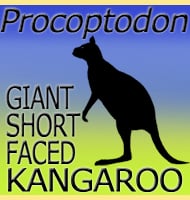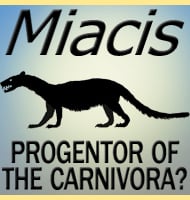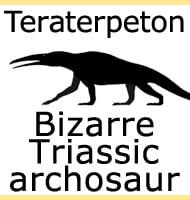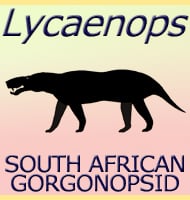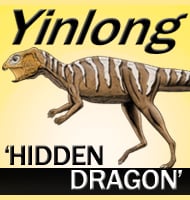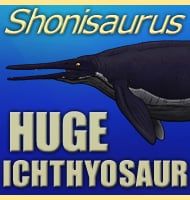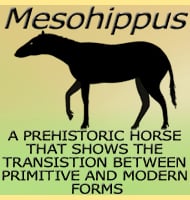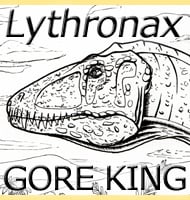In Depth
Laplatasaurus was initially named in 1927 by the famous palaeontologist Friedrich von Huene, however a full description was not published until 1929, which is why Laplatasaurus is credited as being named in 1929. Laplatasaurus has a somewhat confusing relationship with the titanosaurid Titanosaurus. One former species of Titanosaurus, T. madagascariensis was in 1933 named as a species of Laplatasaurus by Friedrich von Huene and Charles Alfred Matley, but today these fossils are considered to belong to the Titanosaurus type species, T. indicus. In 2003, J. E. Powell proposed that the Laplatasaurus genus should itself be made a synonym of Titanosaurus, though other palaeontologists (Wilson & Upchurch, 2003) have refuted this, saying that Laplatasaurus is separate. At the time of writing some eleven years after this proposal, Laplatasaurus is still considered to be a distinct genus by most.
Laplatasaurus is represented by the partial remains of a few individuals that have been found in Argentina and Uruguay. The Argentinian fossils are usually interpreted as late Albian/early Cenomanian in age, marking the boundary between early and late Cretaceous. The Uruguayan fossils however are distinctly Cenomanian in age, making a temporal range of Laplatasaurus being confirmed as at least early Cenomanian, though the full extent is still speculative.
Further Reading
- Short review of the present knowledge of the Sauropoda. Memoirs of the Queensland Museum 9(1):121-126 - F. von Huene - 1927. - Terrestrische Oberkreide in Uruguay [The terrestrial Upper Cretaceous in Uruguay]. Centralblatt f�r Mineralogie, Geologie und Pal�ontologie Abteilung B 1929:107-112 - F. von Huene - 1929. - Revision of South American titanosaurid dinosaurs: palaeobiological, palaeobiogeographical and phylogenetic aspects. - Records of the Queen Victoria Museum 111: 1-173 - J. E. Powell - 2003. - A revision of Titanosaurus Lydekker (Dinosauria-Sauropoda), the first dinosaur genus with a “Gondwanan” distribution”. - Journal of Systematic Palaeontology 1(3): 125-160. - J. A. Wilson & P. Upchurch - 2003.
